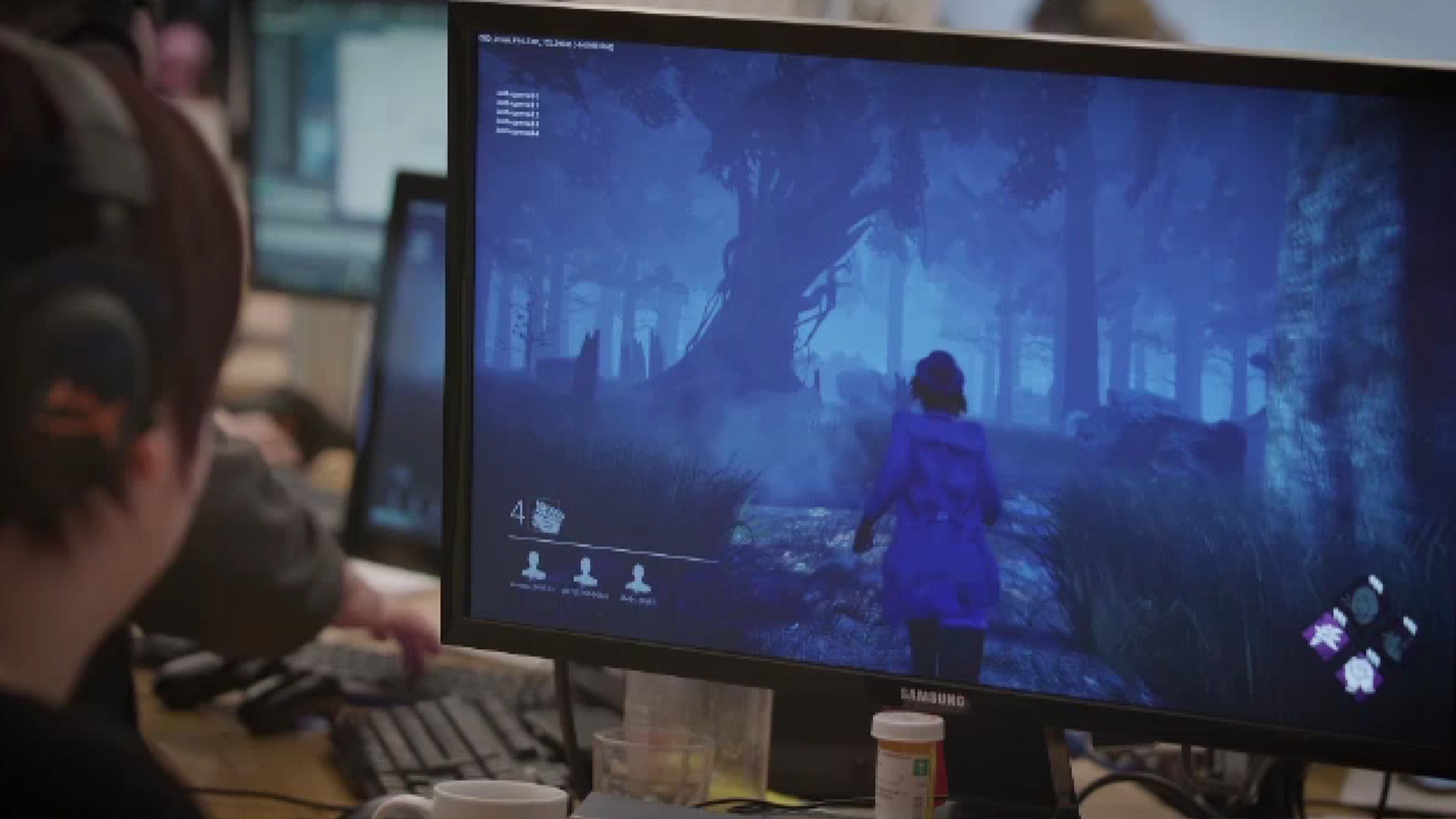On July 11, 2022, the whole world was able to see the first-ever image captured by the James Webb Space Telescope (JWST). This is an image now called the “Webb Deep Field of Galaxies,” a galaxy cluster called SMACS 0723 that consists of more than 7,000 galaxies! This image has proven to be an important target for studying galaxy evolution because this large number of very distant galaxies reveals much about how galaxies formed and evolved in the early universe. However, until now, accurate and complete measurements of the distance of galaxies from Earth have been missing.
Thanks to Canada’s contribution to the Webb Mission, things have changed! A team of Canadian and international astronomers led by Gaël Noirot, a postdoctoral researcher at Saint Mary’s University in Halifax, carefully examined and analyzed Webb’s vast field of galaxies.
More specifically, the astronomers, members of the CANUCS (Canadian NIRISS Unbiased Cluster Survey) program, used the Canadian NIRISS (Near Infra-Red Imager and Slitless Spectrograph) instrument on board the JWST to collect the spectra of the target galaxies in the image. These spectra are a type of scientific data created by breaking down an object’s light to provide additional information such as the object’s age or distance.
Using the Canadian-made NIRISS instrument, the team was able to determine the redshift of nearly 200 galaxies whose distances from Earth were previously unknown. “The NIRISS instrument is perfect for this task because it can measure the redshifts of hundreds of galaxies simultaneously,” says Gaël Noirot, lead author of the study, published this month in the Monthly Notices of the Royal Astronomical Society.
Redshift is a precise measure of a galaxy’s distance based on the unique chemical signatures observed in its spectrum. Due to the expansion of the universe, the light emitted by distant objects such as galaxies is stretched and their spectral properties are increased to longer (i.e. redder) wavelengths than originally mentioned. This redshift, which corresponds to the difference between the observed color and the emitted color of an object, tells us how far it is from us.
“Our work on SMACS 0723, the first deep field of Webb galaxies and the first scientific image sent from JWST, has produced the telescope’s largest spectroscopic catalog of reliable redshift measurements,” explains Professor Marcin Sawicki, Canada Research Chair at the Saint Mary’s University and co-author of the study. “Our recently published study represents a valuable resource for the astronomical community and opens new avenues of research in the first deep field of Webb galaxies,” adds Gaël Noirot.
From this catalog of redshifts, researchers discovered new galaxies in the SMACS 0723 cluster, whose light took more than four billion years to reach us. Clusters, which are huge collections of galaxies held together by gravity, can contain up to thousands of galaxies. Their study helps understand the evolution of galaxies in some of the most extreme environments in the universe and allows us to observe the distribution of dark matter and the evolution of structures.
“As members of the Canadian-led project, we are even more pleased that this significant improvement over previous studies on SMACS 0723 was made possible by the spectroscopic capabilities of the Canadian NIRISS instrument on board JWST,” said Chris Willott of the National Research Council of Canada and project leader of the CANUCS team, funded by the Canadian Space Agency. “This Canadian technology allows us to take full advantage of JWST,” says René Doyon, director of the Trottier Institute for Exoplanet Research and full professor at the University of Montreal and principal investigator of the NIRISS instrument. This instrument was funded by the Canadian Space Agency and designed, built and tested by Honeywell Aerospace in Cambridge and Ottawa with contributions from key optical components at the University of Montreal.
In their extensive catalog of deep-field redshifts of galaxies, the researchers discovered three additional superdensities of galaxies at distances much larger than SMACS 0723 that had not previously been observed in the field. These galaxy overdensities may be new galaxy clusters located at distances of 8 to 10 billion light-years. Discovering these superdensities of galaxies at different cosmic epochs is like watching a time-lapse video of the growth of these galaxy clusters from their appearance in the early universe to the present day. These clusters represent ideal targets for future studies aimed at better understanding how clusters and the galaxies they host evolved from their state in the early universe to their present appearance, including our own galaxy, the Milky Way.
The Sparkler Galaxy
While waiting for these future studies, the CANUCS team discovered the magnificent Sparkler Galaxy in one of these galaxy clusters. It is a gravity-enhanced galaxy located about nine billion light-years away and contains what appear to be the oldest star clusters to have formed after the Big Bang. The Sparkler Galaxy made headlines around the world when it was discovered by the CANUCS team in September 2022.
The team’s new NIRISS redshift catalog has just revealed that the Sparkler Galaxy is not isolated, but is located in one of the newly discovered galaxy overdensities. “The fact that the Sparkler Galaxy is not alone but part of a family of galaxies has important implications for how the first star clusters formed after the Big Bang,” explains Marcin Sawicki, who is also one of the co-authors of this study.
The team of astronomers will have the opportunity to improve their redshift catalog during the current second year of the James Webb Science, having gained additional observing time to study the deep-field Webb galaxies in even greater detail with the NIRISS instrument. “The astronomical community has recognized the value of our first NIRISS redshift catalog and wants us to create another, even better version in the first JWST deep field,” says Gaël Noirot, who is also the principal investigator of this observing program.
The team points out that its catalog and the results of its study have already allowed several independent teams to continue their work in the first deep field of the JWST, and that its study enables further research on galaxy formation, dark matter distribution, etc the evolution of the universe.





 Source: Apple
Source: Apple Apple Park // Source:
Apple Park // Source: 





